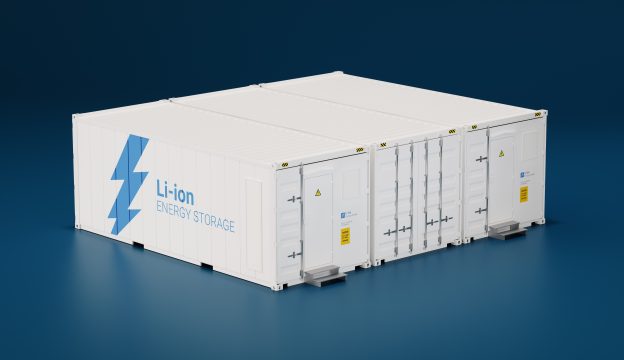
Despite being a future trend, the exorbitant cost for electric vehicles in the existing phase obstructs profitability, though there is a product that is able to nourish the expenditure of these automotive manufacturers, and it is not a vehicle, nor a battery, but an intangible byproduct of “carbon right”. Tesla had a carbon right revenue of approximately US$600 million from 2019, and has accumulated nearly US$1.2 billion in sales from the first 3 quarters of this year, which became the most remarkable service item on the financial report.
“Carbon right” is an intangible concept, and is also known as the Carbon Emission Credit. Simply put, each automotive manufacturer is required to lower the carbon emission derived by the production of each vehicle in order to achieve the target of carbon reduction, or else they will be fined or even forced to suspend production. On the contrary, automotive manufacturers will receive “carbon emission quota” if their carbon emission is lower than the standard set by the EU, which can be sold to other manufacturers that are unable to conform to the standards to avoid fines or even extend operation.
The EU will gradually tighten its threshold for carbon emission standard to force each automotive manufacturer on accelerating carbon reduction. The EU had regulated the standard of carbon emission between 2015 and 2019 to be 130g of carbon dioxide for each kilometer, which equals to a fuel consumption of 5.6L of gasoline or 4.9L of diesel for every 100km.
The EU region had achieved this target in advance during 2013, and the average carbon emission for all EU vehicles was at 122.4g/km in 2019, though the new threshold for 2021 will diminish the figure to 95g/km, which is a reduction of more than 30%, and most automotive manufacturers are experiencing difficulties in implementing this specific objective by themselves.

▲The transaction prices for carbon emission quota had reached to EU€30/ton at one point this year. (Source:Ember Climate)
Volvo has been expeditious in electrification, where 1/3 of all new vehicles this year are HEV models, and its BEV brand Polestar is also experiencing climbing sales, which grants the company a substantial amount of carbon right. Volvo has even commented that the company has excessive carbon right for sale after Ford’s purchase of carbon right was publicly announced.
The king of carbon right Tesla has been comparatively quiet since the entire world knows that the company produces the most electric vehicles and possesses the most carbon right. We have organized a diagram that lists out the carbon right revenue obtained by Tesla from the past 8 years.

▲Tesla’s revenue from carbon right transactions over past years. (Source:Tesla)
2015 saw the first threshold inspection for carbon emission from the EU, which earned Tesla a substantial amount of revenue from carbon right between 2013 and 2014, and the company’s carbon right transactions had been ascending afterwards apart from the transition period during 2015. As Tesla extensively increased production volume subsequent to 2019, the company has been acquiring surging carbon right, where the revenue has almost arrived at US$600 million.
The figure has had a significant increase this year as each automotive manufacturer has to repurchase the carbon emission quota to be able to achieve the new threshold of 95g/km, thus Tesla has earned US$1.17 billion from selling carbon right over the first 3 quarters of the year.
In the latest quarterly financial report, Tesla CFO Zachary Kirkhorn expressed that the intensity in carbon emission transactions for the third quarter has exceeded the company’s anticipation, and a doubled “green” revenue should be no problem. In fact, Tesla has made a carbon right revenue of US$390 million during the third quarter of 2020, which is almost equivalent to the net profit of the quarter (US$330 million).
However, the revenue generated from carbon emission transactions cannot be used for anything apart from relevant investment of carbon reduction, which creates no issues for Tesla as battery R&D and improvement on factory efficiency are all categorized as legal expenditure.
The most interesting observation in the entire market of carbon emission transaction is that the US, a major country in carbon emission, has completely disregarded the target of carbon reduction by exiting from the Paris Agreement under the leadership of Trump, though US automotive manufacturer Tesla has been making a killing in euro under the carbon right transaction mechanism that is comprehensively led by the EU.
Taiwan is like an independent nation amidst the global torrent of carbon reduction. Despite the frequent mention of green electricity, the Taiwanese government has been dragging on the mechanism of carbon emission transactions, and is looking after businesses from arduous carbon reduction. However, Taiwan is the 12th largest trade country for the EU region, and surrounding countries, including China, South Korea, Japan, and Singapore, have already initiated relevant mechanisms. The industry is bound to sustain more severe impact if Taiwan delay the process until other countries have started implementing “carbon duty”, thus an early preparation is essential.
(Cover photo source: Unsplash)







